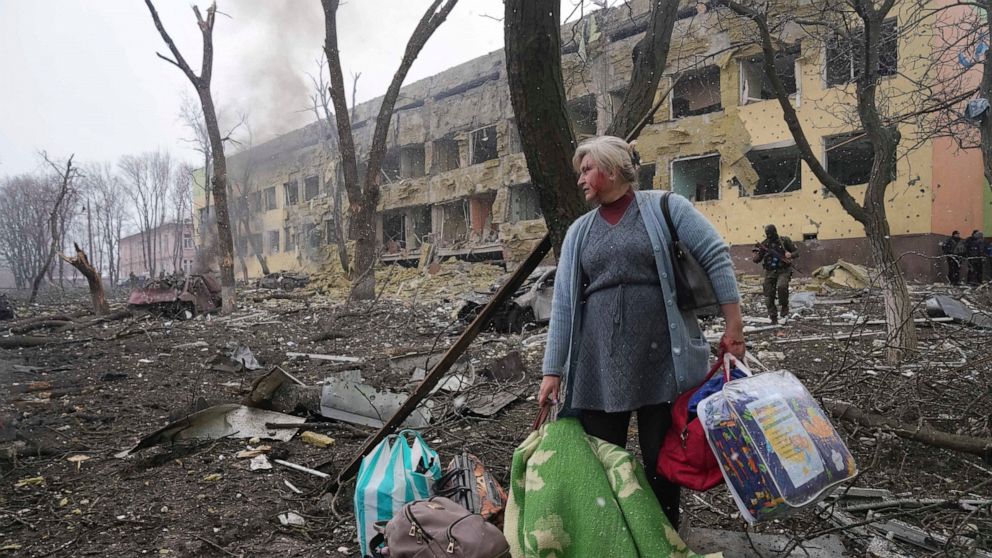[ad_1]
The government is considering raising the daily limit of people allowed to enter Japan to 10,000 in April, and is also planning to remove the current spectator attendance limit for large-scale events as the spread of coronavirus infections slows, according to government sources.
The move follows the planned expansion of new entries to 7,000 next Monday from the current 5,000, which include returning Japanese nationals as well as foreign nationals for purposes other than tourism.
With the additional easing of entry restrictions, the government aims to accept by the end of May all foreigners who are waiting to enter Japan to study in the country, according to several government sources.
The government also wants to expand the admission of foreigners willing to work as technical trainees in Japan.
“We’ll take another step to ease the border controls further,” a source close to Prime Minister Fumio Kishida said.
“A plan has emerged to raise the daily limit to 10,000 in April,” another government source said.
The government will make a decision as early as late March after examining quarantine capacities at airports and the nationwide infection situation.
The government aims to allow as many international students as possible to enter Japan promptly as the country’s new academic year will start in April.
Amid the pandemic, about 150,000 international students have been unable to enter Japan despite having visas, and more than 100,000 of them are still believed to be hoping to come to the country, according to the government.
The government will soon start a special program to accept international students on the waiting list, regardless of the daily entry limit.
Using the program, about 1,000 people can be additionally accepted per day, mainly on weekdays, Chief Cabinet Secretary Hirokazu Matsuno said during a news conference on Wednesday.
The government is also rushing to consider measures for some 130,000 foreign technical trainees waiting to enter Japan.
As for the spectator attendance limit for large-scale events, a maximum of 20,000 people are allowed to participate in such events as long as they wear face masks and do not speak loudly. The cap is currently applied in Tokyo and 17 other prefectures that are under a quasi-state of emergency.
The government will scrap that cap, and also the rule that all spectators need to provide proof of being negative for COVID-19 when the 20,000 cap is abolished, the sources said.
The government will formally decide on the spectator plan next week after consulting with a panel of health experts, they said, adding the 10,000 cap under a full state of emergency might also be lifted.
The daily infection count across the country stood at 63,742 on Wednesday, about 10,000 lower than a week ago.
A group of infectious disease experts advising the health ministry said the same day that the number of new positive cases is on a declining trend, although its pace is slow.
The advisory panel, however, pointed out that the daily count may stay high for a while as infections among the young and elderly are continuing while warning against the BA.2 sub-variant of the omicron strain of the coronavirus, thought to be more contagious than the original.
In a time of both misinformation and too much information, quality journalism is more crucial than ever.
By subscribing, you can help us get the story right.
SUBSCRIBE NOW
[ad_2]
Source link

















